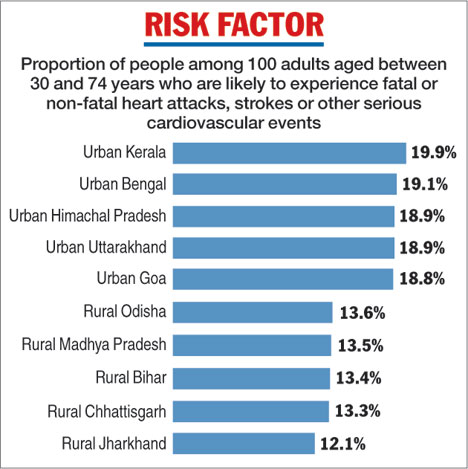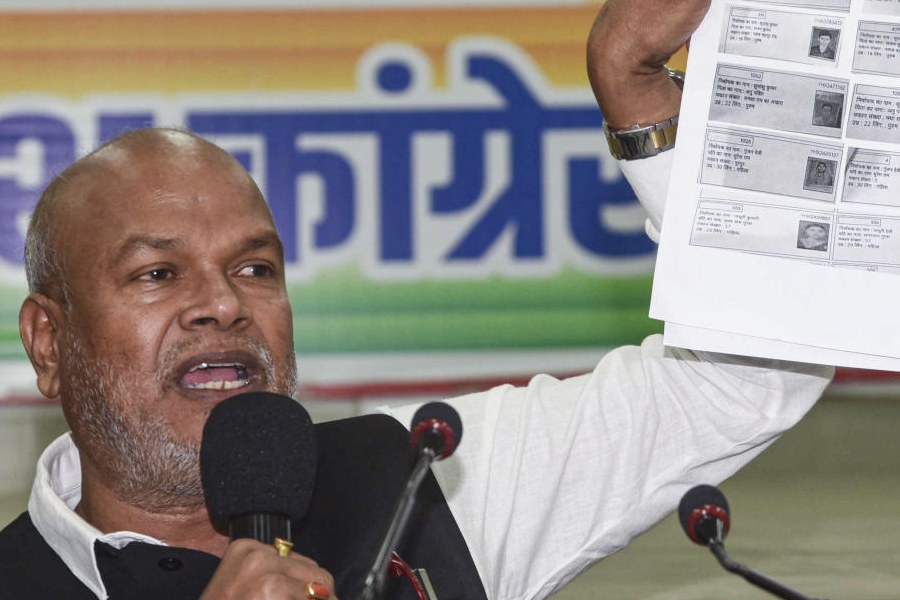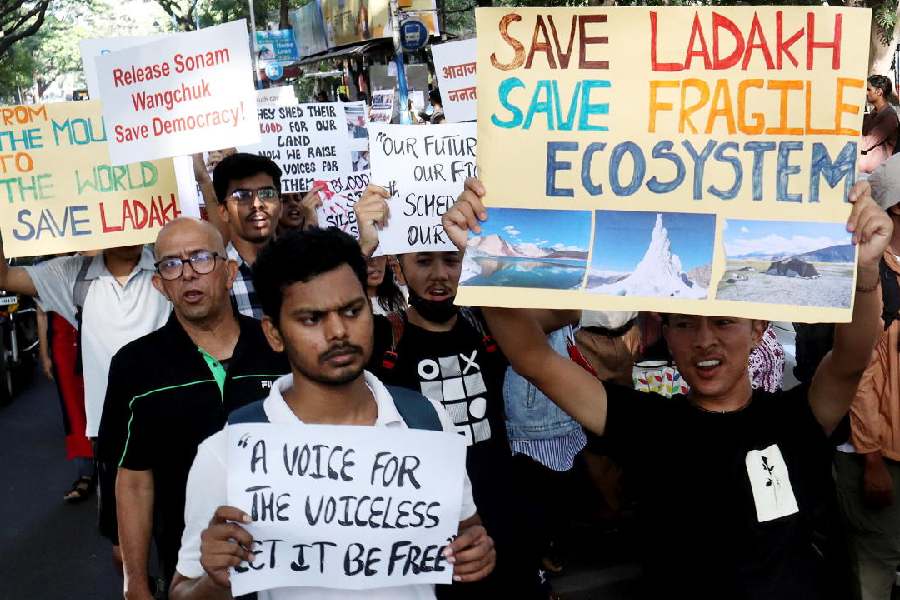
New Delhi: Nearly 20 among 100 adults aged above 30 years in urban Bengal and Kerala may experience fatal or non-fatal heart attacks, strokes or other serious cardiovascular events, the country's largest cardiovascular disease mapping exercise has revealed.
The mapping study has found the risk of cardiovascular disease (CVD) ranges from the highest values of nearly or over 19 per cent in urban Kerala, Bengal and Himachal Pradesh to the lowest value of about 12 per cent in rural Jharkhand. (See chart)
The study that pooled data from over 797,000 participants from 27 states and five Union territories has also shown that people living in urban areas and those with high household incomes and education face relatively higher risks of cardiovascular disease.
Public health researchers are hoping the CVD map will help guide policy-makers into designing appropriate interventions to curb risks in specific populations.
"Until now, we haven't had a standardised CVD mapping exercise - available figures were fragmented from diverse studies," said Dorairaj Prabhakaran, a senior cardiologist and head of the Centre for Chronic Disease Control, New Delhi, who was not associated with the new study.
The study found that smoking was more prevalent in poorer households and rural areas, while body mass index, high blood glucose and blood sugar increased the CVD risk among urban and wealthy households. Its findings were published on Tuesday in the journal PLOS Medicine.
"We find the rural rich face almost similar levels of CVD risk as the urban rich - this is surprising," said Ashish Awasthi, a biostatistician and study team member at the Public Health Foundation of India.
"Rural populations have in general lower levels of awareness and resources to address CVD risks - the findings highlight the importance of public health interventions such as prevention education and early diagnosis for both rural and urban populations."
The study is the first to examine how CVD risk varies across states and population groups, said Pascal Geldsetzer, a public health specialist at Harvard University and lead author of the study led by Rifat Atun, professor of global health at Harvard.
The researchers defined a serious CVD event as sudden cardiac death, fatal or non-fatal heart attack, stroke, angina, heart failure, or transient ischemic attack. The mapping exercise did not cover Gujarat and Jammu and Kashmir because data was unavailable from these states.
The highest CVD risks among men and women were observed in the southern states, Bengal, Goa, Himachal Pradesh, Punjab, Uttarakhand and the Northeast excepting Assam. The CVD risk for men in these states was nearly 20 per cent or higher.
Among the multiple risk factors contributing to serious CVD events, smoking was most prevalent among men in the northeastern states - Mizoram (72 per cent), Manipur and Meghalaya (60 per cent) - and Bengal (49 per cent).
Prabhakaran said states could rely on the observed patterns to "prioritise allocation of resources, depending on their own situation and other competing health challenges".
He said the current findings could also serve as baseline figures and similar mapping exercises, done every four or five years, could help states to track their progress in addressing CVD risks over time.











